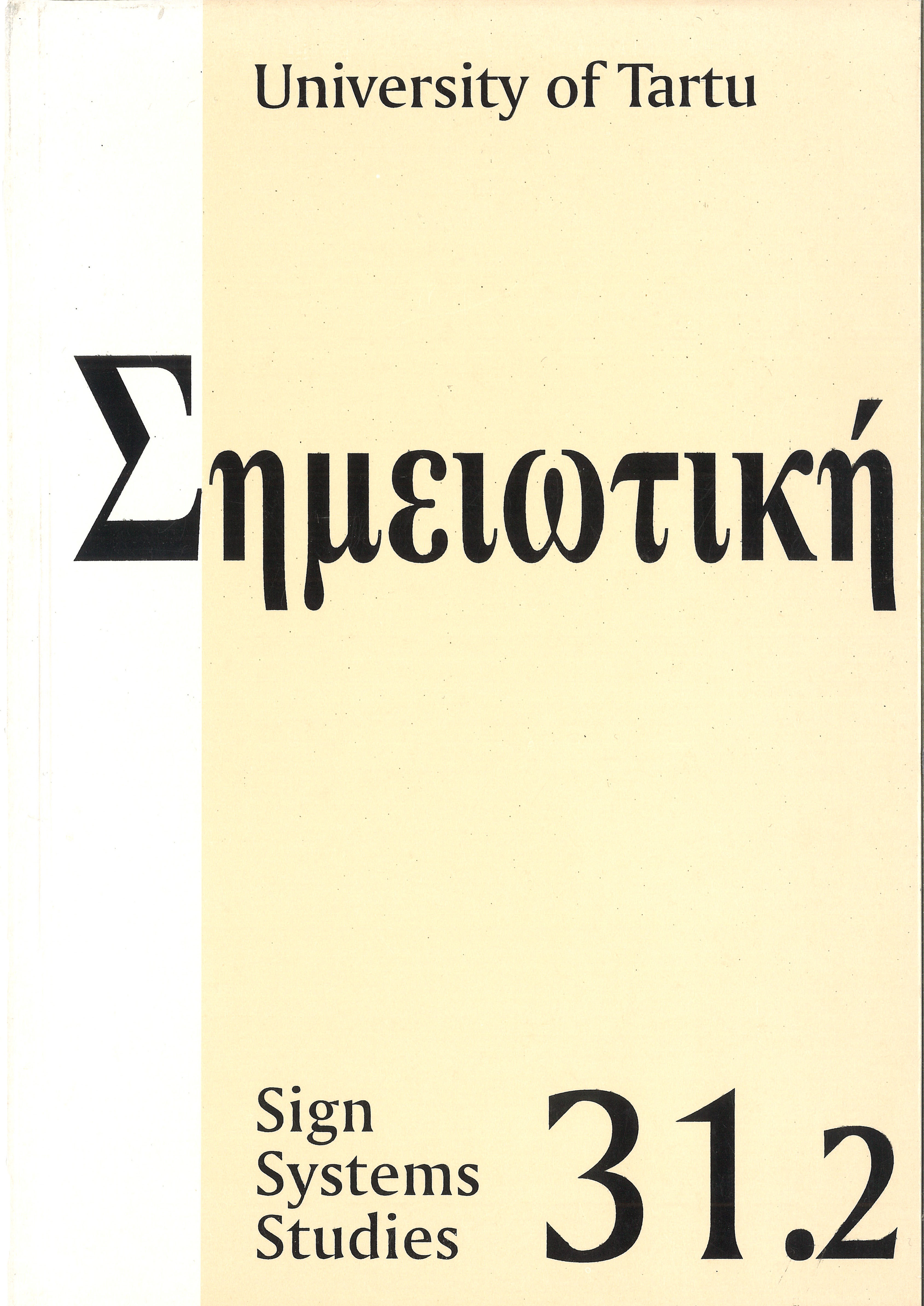Semiotic foundations of the study of pictures
DOI:
https://doi.org/10.12697/SSS.2003.31.2.04Abstract
Are pictures signs? That pictures are signs is evident in the case of pictures that “represent”, but is not “representation” a synonym of “sign”, and if so, can non-representational paintings be considered signs? Some semioticians have declared that such pictures cannot be signs because they have no referent, and in phenomenology the opinion prevails that they are not signs because they are phenomena sui generis. The present approach follows C. S. Peirce’s semiotics: representational and non-representational pictures and even mental pictures are signs. How and why pictures without a referent can nevertheless be defined as signs is examined on the basis of examples of monochrome paintings and historical maps that show non-existing or imaginary territories. The focus of attention is on their semiotic object and, in the case of non-representational paintings, on their interpretation as genuine icons, not in the sense of signs that represent most accurately, but in the sense of signs that represent nothing but themselves, i.e., self-referential signs.


